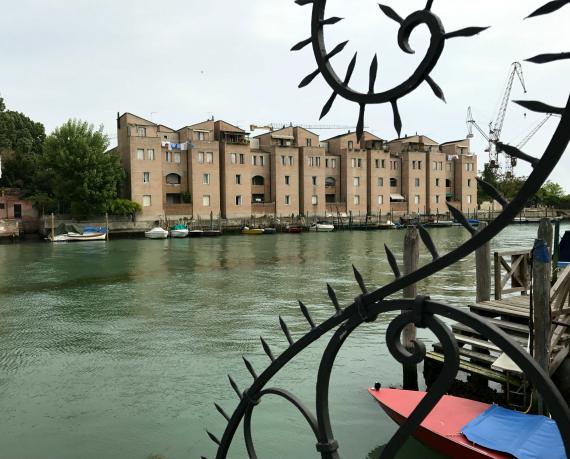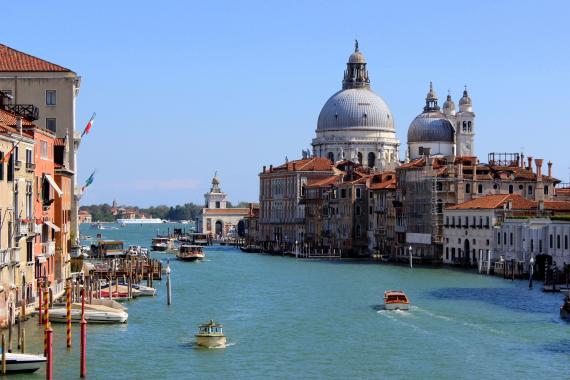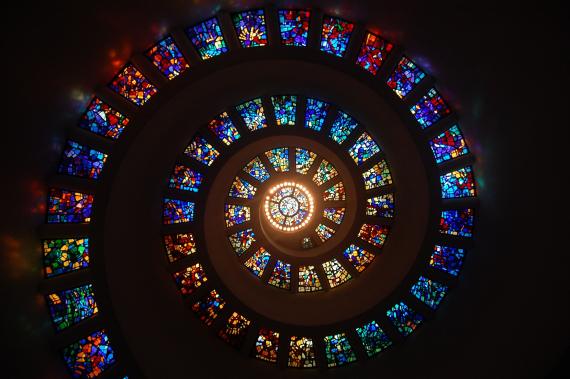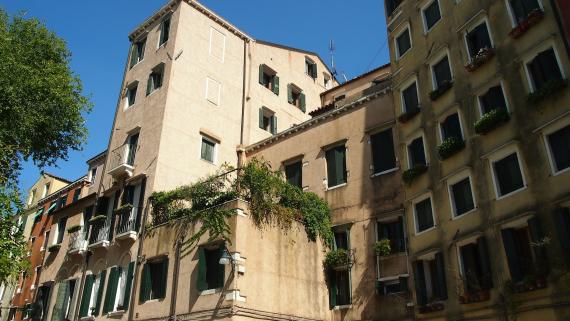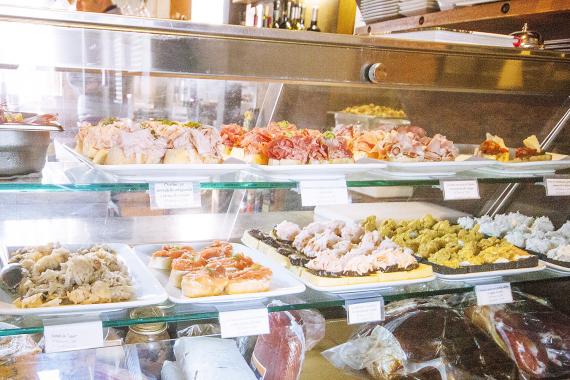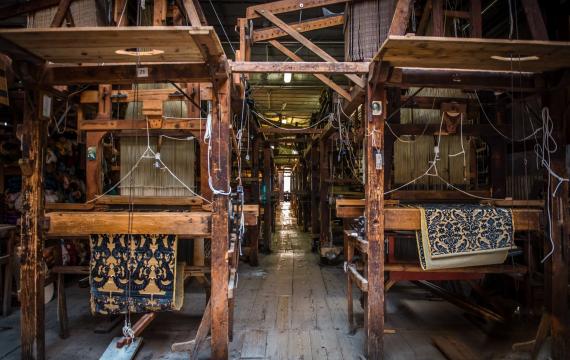For centuries, the 'Spinalonga' has been the holiday resort of the aristocratic families. But, after the first industrialisation, it changed its aspect and became the industrial and manifacturing center of Venice. It is also one of the most populated islands and hotbed of architectural experimentations.
Thinking of the Grand Canal, what comes to mind are undoubtedly the water parades during the time of the Serenissima, the enchanting romantic views scattered throughout its course, and the relaxed passage of boats and gondolas.
The itinerary that we introduce here is a route that, through Venice art and history, will take you to discover various religious traditions which have been part of the political and social life of the city for centuries and are still today a live testimony of its past.
A city in the city, with five synagogues, the museum and very tall houses. This itinerary discovering the ancient Jewish district of Venice and its particularities, will take place in a secluded area full of charm, far from the most crowded touristic routes, in an area of the lagoon city to be rediscovered.
It is common knowledge that Venice has for centuries been an authentic door of the interchange between the Far East and the West; this opens a series or arguments and a long walk backwards that plaits the history of art, religious gatherings and the presence of many communities in the city which enrich our culinary culture.
This itinerary will take us on a discovery of one of the most ancient crafts in Venice: the art of manufacturing traditional Venetian fabrics. The weaving: art amongst the most noble and ancient ones. Interweaving of threads and colours. Sophisticated manufactured articles like tapestries, carpets and precious textiles already sought after in Medieval Europe.

